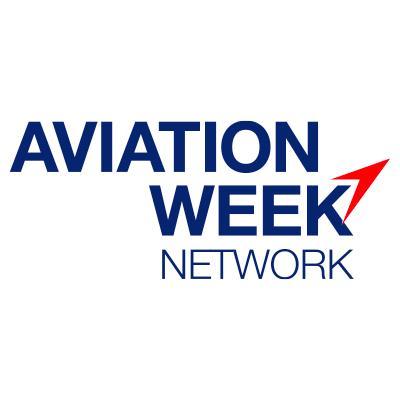AVIATION WEEK — Questions for Talaat Captan, Founder & CEO Of Air Hollywood

EATER LA — Fly High at This Valley Recreation of a Classic Pan Am In-Flight Meal 2
December 29, 2016
AVIATION WEEK — Fast Five: Talaat Captan, Air Hollywood Founder and CEO (VIDEO)
February 3, 2017By William Garvey
January 25, 2017
Talaat Captan
Founder & CEO
Air Hollywood
Los Angeles, California
After civil war erupted in 1975, 17-year-old Captan decided to leave his native Lebanon and seek his future elsewhere. Once granted entry to the U.S., he quickly settled in California where he attended Palomar College. Invited by a college friend to assist in his distribution of VHS and Betamax films in 1980, he did so until another distributor offered him a job selling films internationally. Even though “they kept giving me movies nobody wanted,” he analyzed the tastes and expectations of his clientele and “was able to sell.” That success prompted him to launch his own distribution company and later to make films as a producer and director. Ultimately, he made 22 features and says, “Every one I made was a success.” It was while producing a film in 1998 that he came up with a business idea that combined two of his passions: aviation and the movies.
You have fervor for all things aviation. What’s the genesis and how have you responded?
Captan: As a child I saw a Swissair DC-10 taking off for the first time from Beirut Airport, and the sight took my heart away. Much later I took a couple of flying lessons at Palomar Airport but quickly discovered that much of piloting is, frankly, boring. You sit there waiting for something to happen. But I’m the type of guy who wants to do something, to make things happen. That said, I love to travel and have flown around the world many times. The walls in my office are covered with my boarding passes. When at an airport or in an airplane, I’m alert to everything. I love listening to ATC. Building on that, I made the feature “Ground Control” in 1998 starring Kiefer Sutherland. It was really well done and so technically accurate, Korean Air Lines used it to teach its pilots how to communicate with ATC. However, the difficulty I had dealing with LAX — which ultimately rescinded my permit because they didn’t like the script — and shooting inside an airliner convinced me that the movie industry needed a studio dedicated to aviation. That’s when I began Air Hollywood.
Were you right?
Captan: Not initially. The business started slowly. But six months after our open house, 9/11 happened and immediately it became impossible to film inside an airport or an airplane. Period. Just like that, we became the place to go, and we’re so good at what we do, we remain so 16 years later.
What’s Air Hollywood’s shooting record?
Captan: We’ve served hundreds of clients, from big-budget feature films to low-budget student films and everything in between, including TV commercials, music videos and magazine and advertising photo shoots. We have worked with every major studio and production company in Hollywood and served productions from New York to Hawaii to Tokyo. Some of the feature films you’d recognize include “Bridesmaids,” “Charlie Wilson’s War” and “The Wolf of Wall Street” to name a few. For TV, we’ve hosted the cast and crew of “Pretty Little Liars,” “Supergirl,” “Twin Peaks,” “Lost” and “Castle,” and many others. One entire “Grey’s Anatomy” episode was filmed here.
Do you have fake terminals and runways and such?
Captan: We have real buildings — warehouses, actually — with airplanes inside, including cabins and flight decks of a 747, 767, 737 and MD-80. We also have several GIIIs and one GIV and a Learjet, all on 53-ft.-long trailers that we deliver to shooting sites. Our props include ticket counters, gate areas, TSA X-ray machines and security lines, along with all the signage you see at airports. Plus we’ve got uniforms, food carts, lavatories, evacuation cards, barf bags — you name it. We can create inflight turbulence, lightning, systems failures and PA announcements. The only thing we don’t have is flight itself. And none of our aircraft hardware will ever fly again.
Is your pretend world now complete?
Captan: Hardly. We’ve added a studio in Atlanta and are planning others in New York and Dubai. Our hugely popular “Pan Am Experience” in which flight attendants serve diners a 1970-vintage, first-class meal and conduct a fashion show aboard our 747 is so popular that we plan to expand to New York or Las Vegas within a year. Our craftsmen now turn aircraft parts into furniture that we sell. And we use our facilities to help kids with autism, service dogs and fearful fliers adjust to and accept the aviation environment. I hope to help deaf travelers as well. That’s a lot and there’s nothing pretend about any of it. I guess that’s why I was born a “captan.”
Watch and listen to the video version of this interview.

